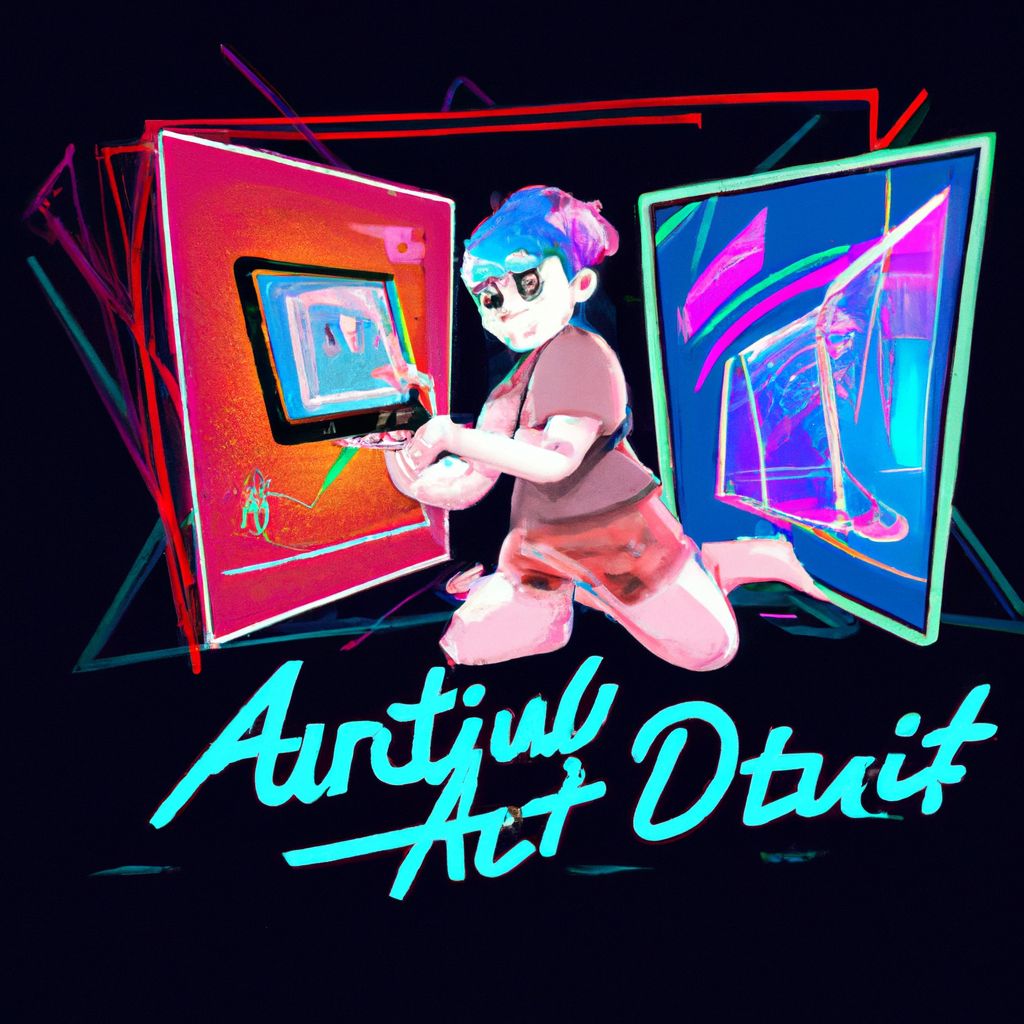- Introduction to Digital Technology in Cartooning
- Evolution of Cartooning with Digital Technology
- Impact on Cartoon Production
- Effects on Cartoon Design and Creativity
- Digital Technology and Animation
- Influence on Distribution and Consumption
- Case Studies of Digital Technology in Cartooning
- Future of Cartooning with Digital Technology
Introduction to Digital Technology in Cartooning
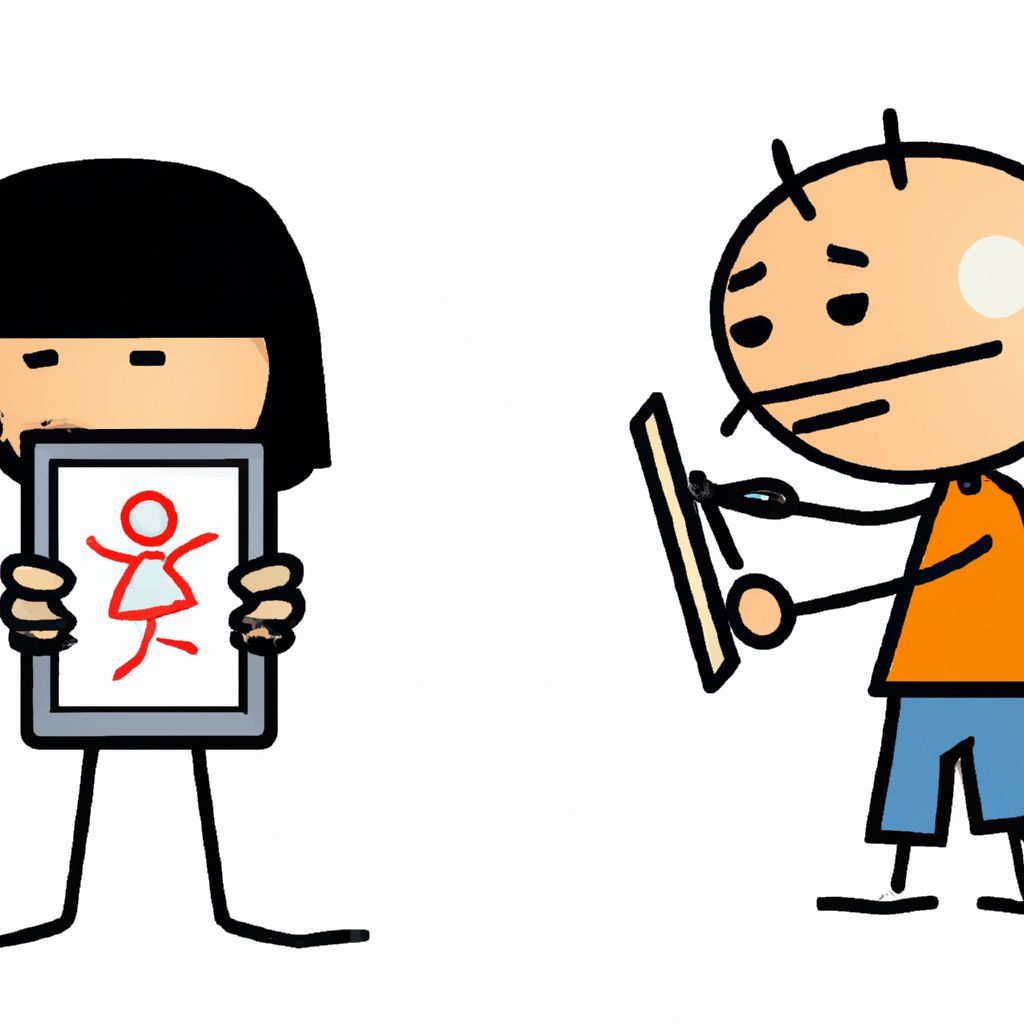
The world of cartooning has been dramatically transformed by the advent of digital technology. Previously, cartoons were painstakingly hand-drawn, frame by frame. This labor-intensive process often took months, sometimes even years, to produce a short cartoon film. However, with the introduction of digital tools and software, the process has become much more streamlined and efficient.
Today, digital technology is an integral part of the cartooning industry. It provides artists with a multitude of tools and platforms that enable them to create complex and detailed animations with ease. This shift from traditional methods to digital ones has significantly impacted the way cartoons are created, distributed, and consumed.
Evolution of Cartooning with Digital Technology
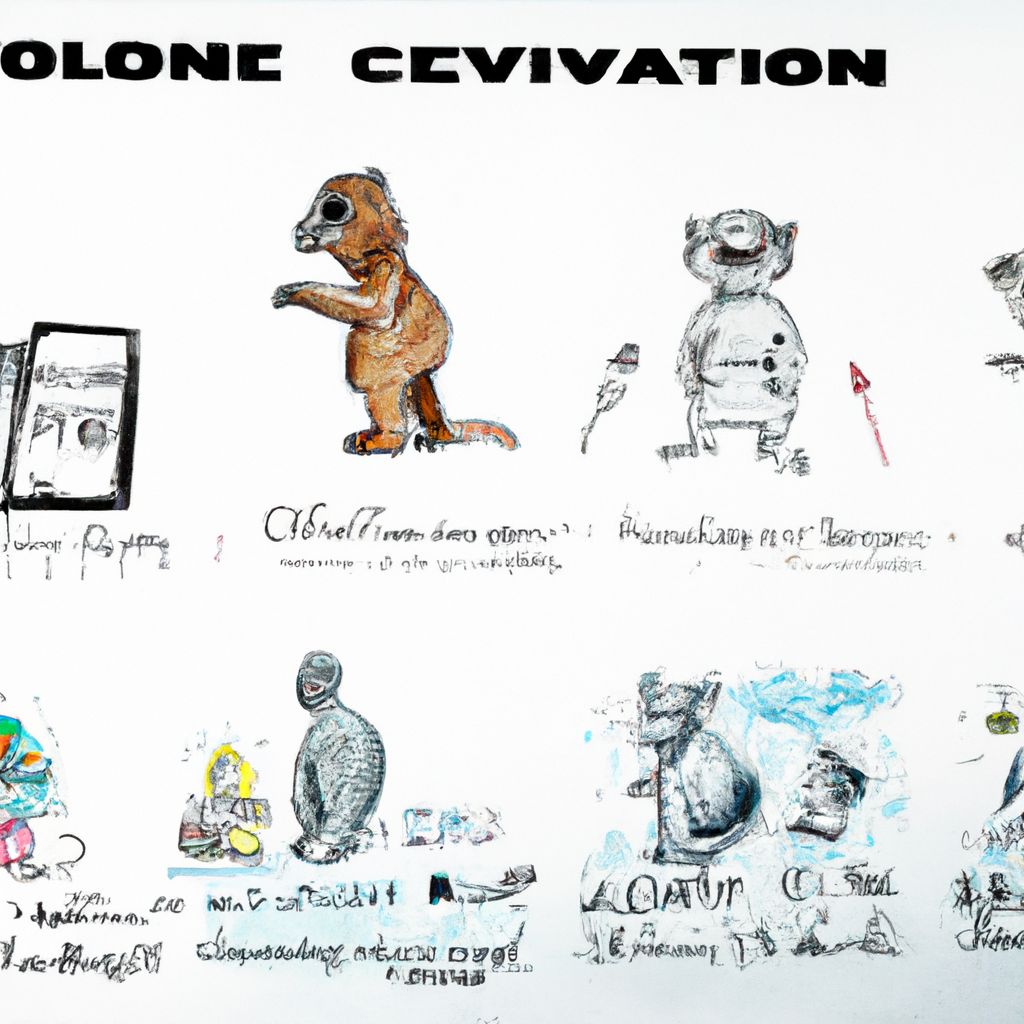
The evolution of cartooning with digital technology is a fascinating journey that began in the late 20th century. Initially, digital tools were used to enhance hand-drawn animations and make the coloring process more efficient. The first full-length feature film to use digital ink and paint was Walt Disney's "The Little Mermaid" in 1989. This marked a significant milestone in the history of cartooning.
As technology advanced, 3D animation tools became more accessible, leading to the creation of the first fully computer-animated feature film, "Toy Story", in 1995. This marked the beginning of a new era in digital cartooning. The software used to create this film, known as RenderMan, was developed by Pixar and is still used today.
In the 2000s, the rise of the internet and the advent of flash animation revolutionized the industry. It allowed independent artists to create and distribute their own animations online. This era also saw the rise of viral internet cartoons, a trend that continues today with platforms like YouTube and TikTok.
More recent advancements include the use of virtual reality (VR) and augmented reality (AR) in cartooning. These technologies provide immersive experiences, allowing viewers to interact with animations in a completely new way.
Indeed, the evolution of cartooning with digital technology has transformed the industry, providing artists with new ways to express their creativity and reach audiences worldwide.
Impact on Cartoon Production
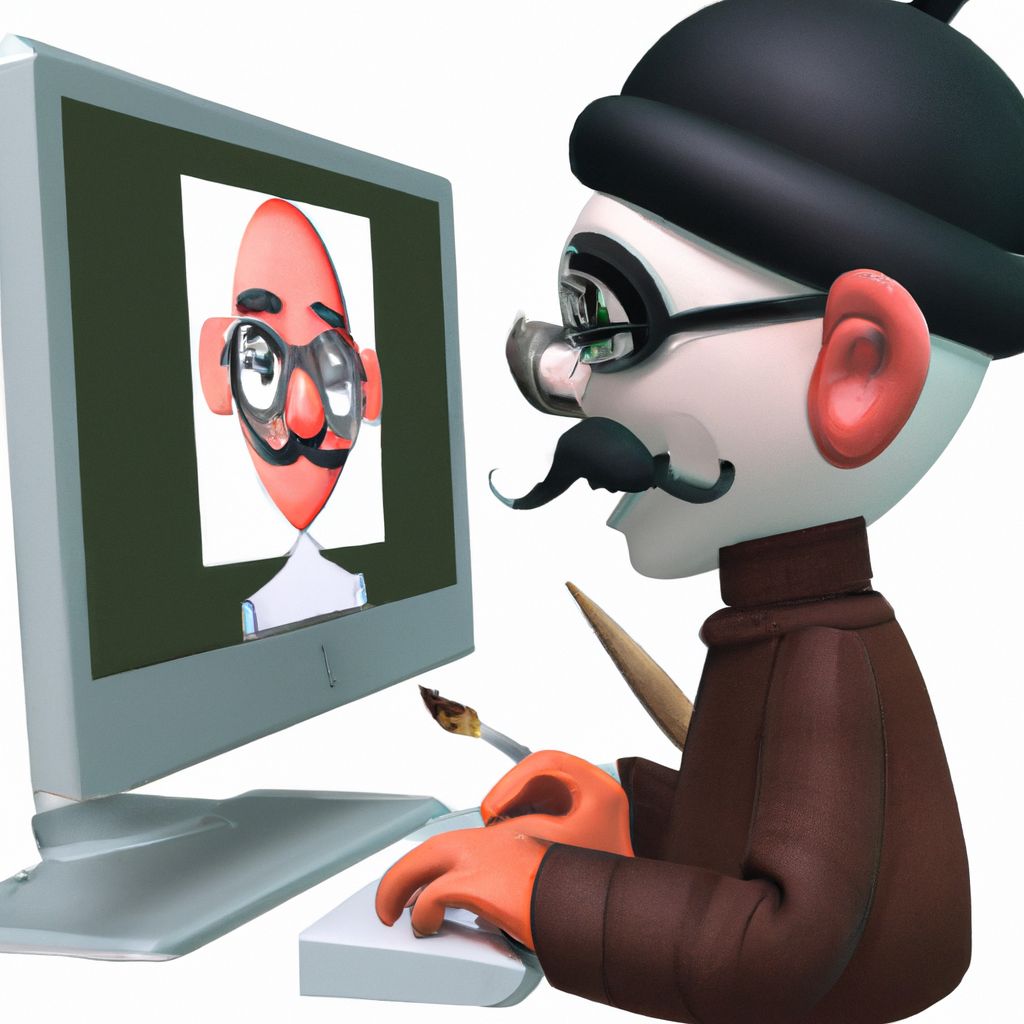
Digital technology has had a profound impact on the production process of cartoons. With the introduction of graphic tablets, artists can draw directly into a computer program, providing a level of precision and control that surpasses traditional hand-drawn methods. These tablets, coupled with advanced animation software, have streamlined the entire animation process.
Software like Adobe Animate, Pixar's RenderMan, and Autodesk's Maya have become industry standards. They offer features like automatic in-betweening, which generates the frames between key poses, saving time and creating smoother animations.
According to a report by MarketsandMarkets, the animation software market is expected to reach $283.5 billion by 2024, a clear indication of the widespread adoption of digital technology in cartoon production.
Another significant impact of digital technology on cartoon production is the advent of 3D modeling tools. These tools allow artists to create lifelike characters and environments, adding depth and realism to cartoons. Software like Blender and ZBrush offer advanced sculpting and rendering tools, making it easier than ever to create high-quality 3D cartoons.
Lastly, the use of motion capture technology has added another layer of complexity to cartoon production. By capturing the movements of real actors, animators can create more realistic and nuanced animations.
In conclusion, the impact of digital technology on cartoon production is far-reaching, providing artists with unprecedented creative freedom and efficiency.
Effects on Cartoon Design and Creativity
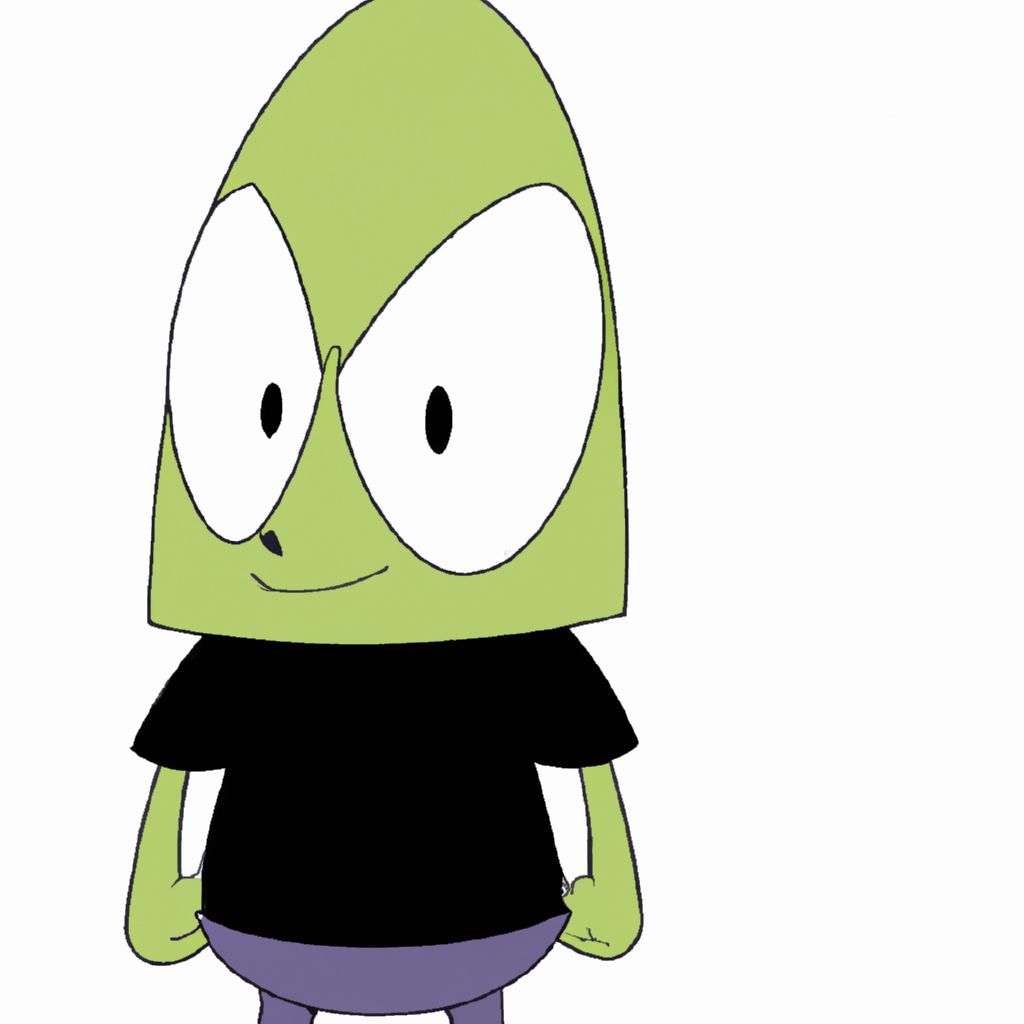
Digital technology has greatly influenced the design and creativity of cartoons. It has revolutionized character design, storyboarding, background design, and animation techniques, leading to a new era of storytelling and visual expression.
Character design has seen significant improvements with the advent of digital technology. Artists can now use software to create detailed and dynamic characters with relative ease. Tools like vector graphics and 3D modeling have enabled the creation of characters that are more expressive and lifelike.
Storyboarding, an essential part of the cartooning process, has also been transformed. Digital storyboarding tools allow for easy editing and rearrangement of scenes, making the process of visualizing a story more flexible and efficient. Plus, these digital boards can be easily shared and collaborated on, enhancing the creative process.
When it comes to background design, digital tools provide artists with a virtually unlimited palette of colors and textures. This, coupled with the ability to easily manipulate and animate backgrounds, has led to more immersive and visually stunning cartoons.
Finally, digital technology has revolutionized animation techniques. From traditional frame-by-frame animation to 3D animation and even virtual reality, the possibilities are endless. Advanced software allows for the creation of fluid, realistic animations, providing viewers with a more engaging and immersive experience.
In essence, digital technology has not only made the cartooning process more efficient, but it has also expanded the realm of what's possible in cartoon design and creativity.
Digital Technology and Animation
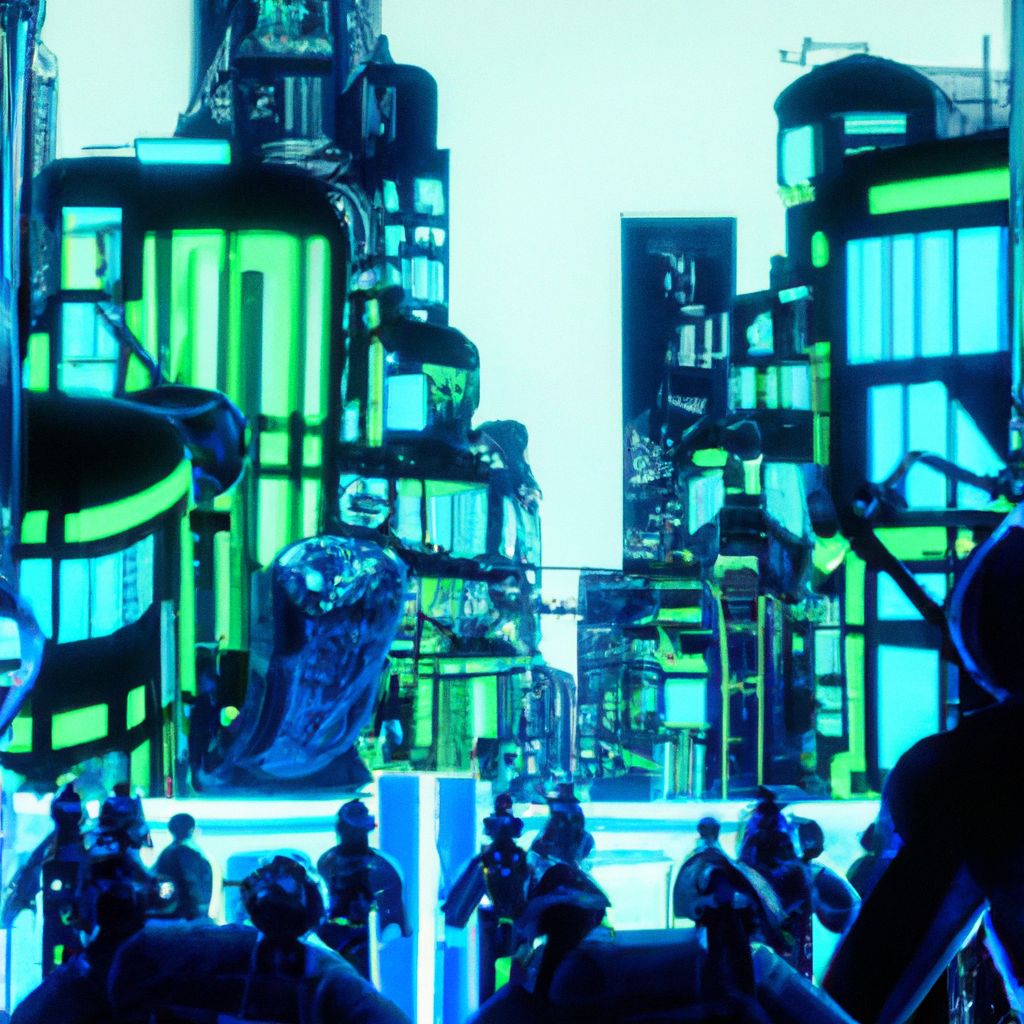
Digital technology has completely revolutionized the field of animation in cartoons. Concepts like Computer-Generated Imagery (CGI), motion capture, and digital puppetry have transformed the way animations are created and viewed.
CGI has been a game-changer in the animation industry. It allows artists to create 3D models of characters and environments, which can then be animated and rendered to create lifelike scenes. CGI has added a new level of depth and realism to cartoons, moving beyond the 2D limitations of traditional animation.
CGI animation gained prominence with Pixar’s “Toy Story,” the first full-length CGI animated movie, and has since become a staple in the industry.
Motion capture technology, often used in conjunction with CGI, captures the movements of real actors and applies them to animated characters. This technology allows for more realistic and nuanced animations, adding a level of depth and complexity to character movements that was previously difficult to achieve.
Digital puppetry is another fascinating development in the field of animation. This technique involves the use of virtual puppets that are manipulated in real-time to create animation. It's a more interactive approach to animation, blending traditional puppetry techniques with modern digital technology.
The impact of digital technology on animation has been profound, pushing the boundaries of what's possible in cartooning and paving the way for future innovations.
Influence on Distribution and Consumption
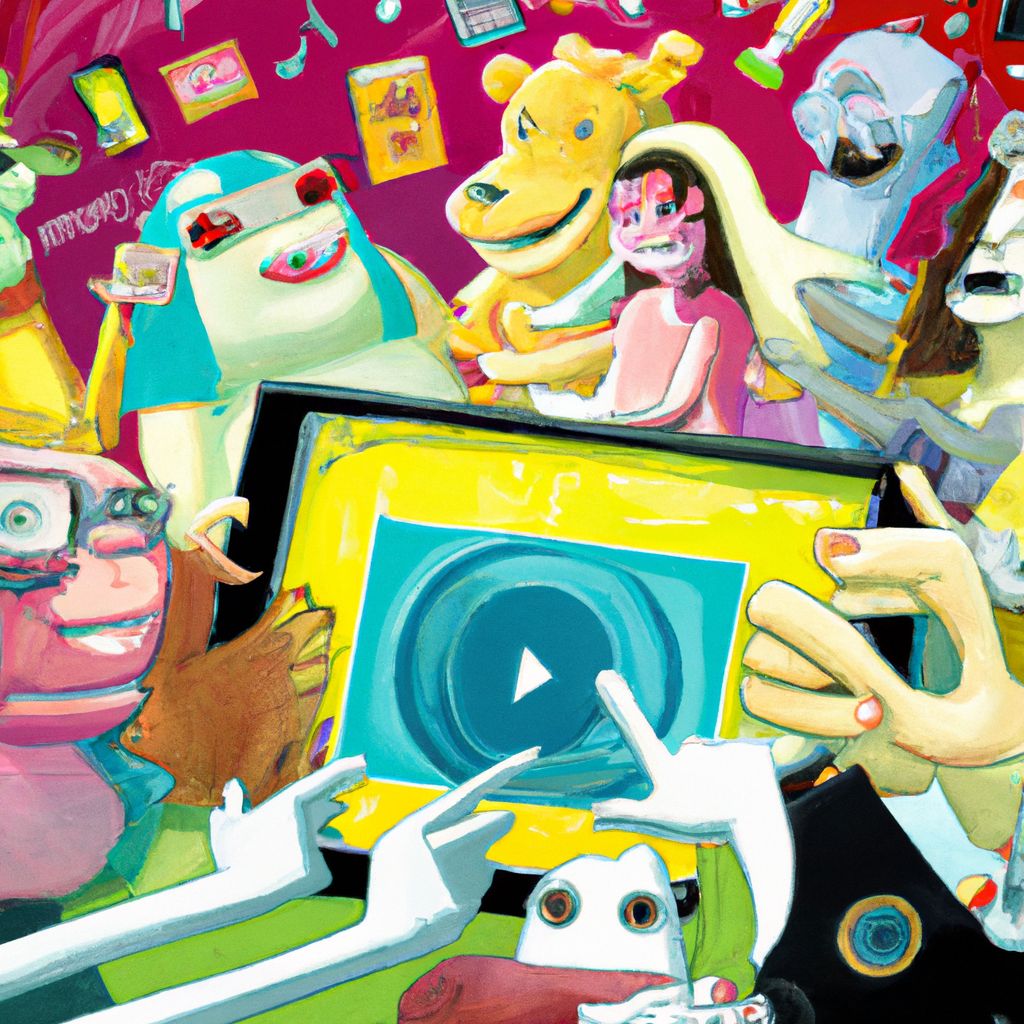
Digital technology has not only changed the way cartoons are created, but it has also transformed how they are distributed and consumed. The rise of online streaming platforms and digital media has had a profound impact on the cartoon industry.
In the past, cartoons were primarily distributed through television networks and film releases. However, with the advent of the internet, the distribution model has shifted significantly. Today, digital platforms like Netflix, Amazon Prime, and Hulu have become major players in the distribution of cartoons.
These platforms allow viewers to access a vast library of cartoons from around the world at any time, providing convenience and flexibility. They also offer the possibility of binge-watching, a phenomenon that was unheard of in the era of traditional broadcast television.
Furthermore, the rise of digital media has led to the democratization of cartoon distribution. Independent animators now have the ability to distribute their work online, reaching global audiences without the need for a traditional distributor. Platforms like YouTube and Vimeo provide a great avenue for these artists to showcase their work and build a fanbase.
On the consumption side, digital technology has greatly influenced how audiences engage with cartoons. Interactivity has become a significant factor, with some cartoons incorporating interactive elements that allow viewers to engage directly with the content. Furthermore, social media platforms have facilitated fan engagement, enabling discussions, fan art creation, and direct interaction with creators.
In conclusion, digital technology has reshaped the distribution and consumption of cartoons, leading to a more accessible and interactive viewing experience.
Case Studies of Digital Technology in Cartooning
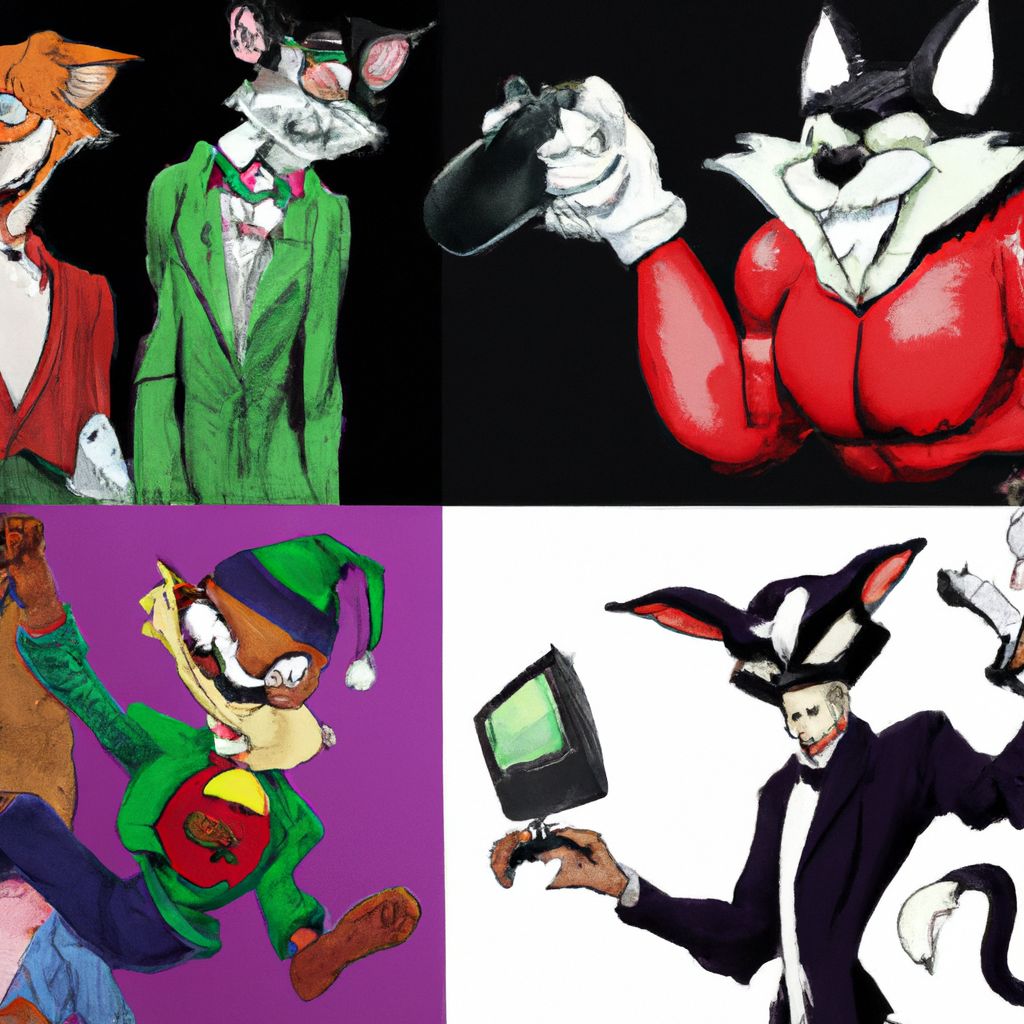
There are numerous examples of popular cartoons that have effectively leveraged digital technology. A few notable ones include Pixar's "Toy Story", DreamWorks' "Shrek", and Matt Groening's "Futurama".
- Toy Story:
- As the first full-length CGI animated film, "Toy Story" marked a significant milestone in the history of animation. Pixar used their proprietary software, RenderMan, to create the film. The use of CGI allowed for an unprecedented level of detail and realism, contributing greatly to the movie's success. The film was a box office hit and paved the way for future CGI films.
- Shrek:
- "Shrek" by DreamWorks Animation was another notable film that effectively used digital technology. The animators used motion capture technology to achieve more realistic character movements. The film also made use of advanced lighting techniques to create a more visually appealing and dynamic environment. These technological advancements played a key role in the film's success, leading to several sequels and spin-offs.
- Futurama:
- Matt Groening's "Futurama" is a prime example of a TV cartoon that effectively leveraged digital technology. The show combined traditional 2D animation with CGI to create a unique visual style. The use of digital technology allowed the creators to depict futuristic settings and complex visual effects that would have been challenging with traditional animation techniques. This innovative approach contributed to the show's popularity and critical acclaim.
These case studies demonstrate the potential of digital technology in cartooning, showcasing how innovative use of technology can contribute to a cartoon's success.
Future of Cartooning with Digital Technology
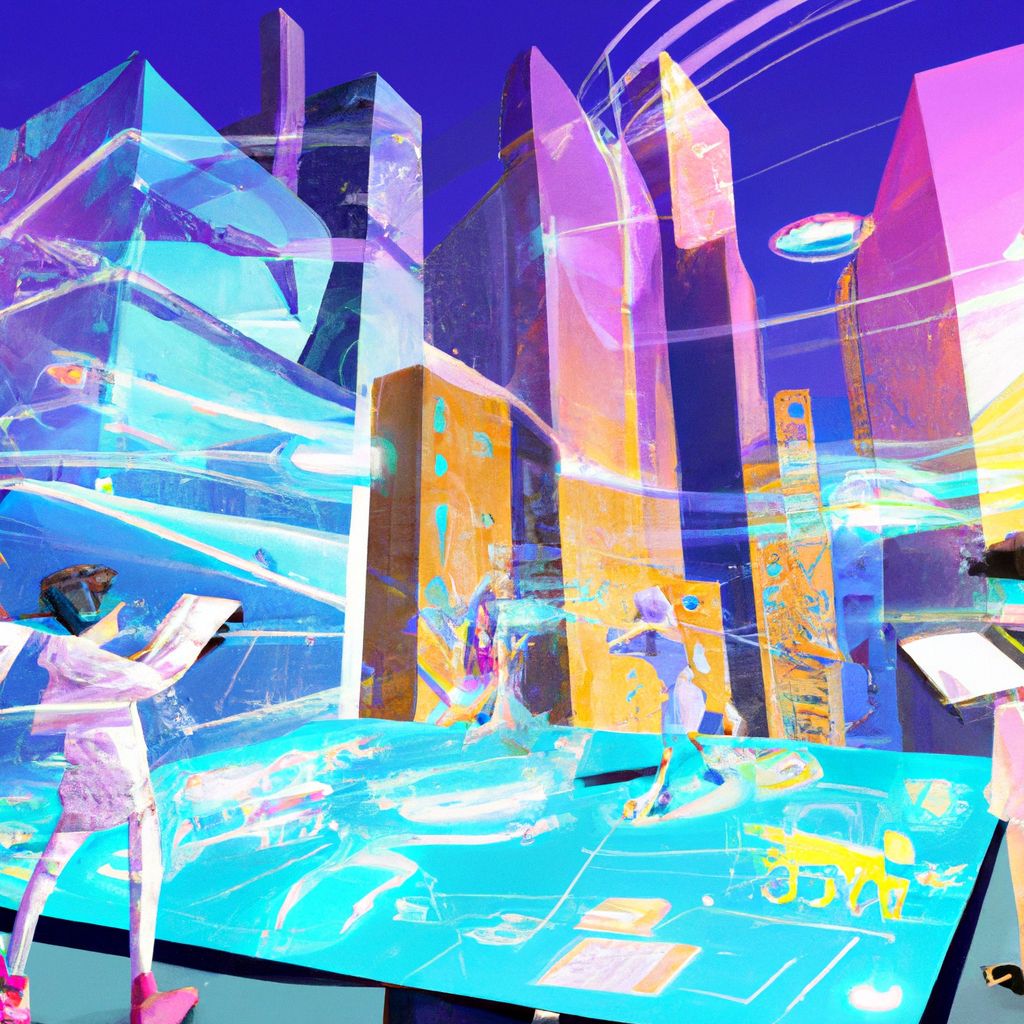
As we look towards the future of cartooning in the digital era, several trends and technologies show great promise. Concepts like virtual reality (VR), augmented reality (AR), and artificial intelligence (AI) are likely to play a significant role in shaping the future of the industry.
VR and AR technologies have already begun to make their mark in the field of animation. These technologies offer an immersive viewing experience, allowing audiences to interact with the cartoon environment in a whole new way. Future advancements in VR and AR technologies could potentially lead to fully interactive cartoons, revolutionizing the viewer experience.
AI is another exciting frontier in the field of cartooning. AI algorithms can be used to automate various aspects of the animation process, like in-betweening and coloring. This can significantly speed up the production process and allow for more complex animations. Furthermore, AI can be used to create 'responsive' cartoons that adapt to the viewer's reactions in real-time, adding a new level of interactivity.
Another potential trend is the increased democratization of cartoon production. As digital tools become more accessible and user-friendly, more and more independent artists will be able to create and distribute their own cartoons, leading to a richer and more diverse range of content.
The future of cartooning in the digital era is undoubtedly exciting, with endless possibilities for innovation and creativity. As technology continues to advance, it will be fascinating to see how the field of cartooning evolves.


